I have high cholesterol and am worried about cardiovascular disease and stroke. What should I eat and what should I avoid to improve this condition? (Thu Phuong, Dong Nai )
Reply:
Dyslipidemia is a medical condition in which one or more lipid parameters are abnormal (increased triglycerides, increased bad cholesterol, or decreased good cholesterol), often detected concurrently with certain cardiovascular, endocrine, or metabolic diseases.
Nutrition plays a crucial role in the prevention and treatment of lipid disorders. The goal of the diet is to reduce lipid metabolism disorders, lower blood triglycerides and bad cholesterol, and increase good cholesterol. Maintaining a healthy lifestyle is essential to minimize the risk of cardiovascular disease, atherosclerosis, myocardial infarction, and stroke.
You should maintain a diet low in saturated fat, trans fat, saturated fatty acids, and cholesterol, while increasing your intake of unsaturated fatty acids from vegetable oils and fish oil.
International recommendations for average dietary cholesterol intake should be below 300 mg/day/person. Cholesterol is found in animal-derived foods, especially brains, beef kidneys, pork kidneys, heart, whole chicken eggs, pork liver, and chicken liver. Limiting these foods contributes to reducing cholesterol levels in the diet.
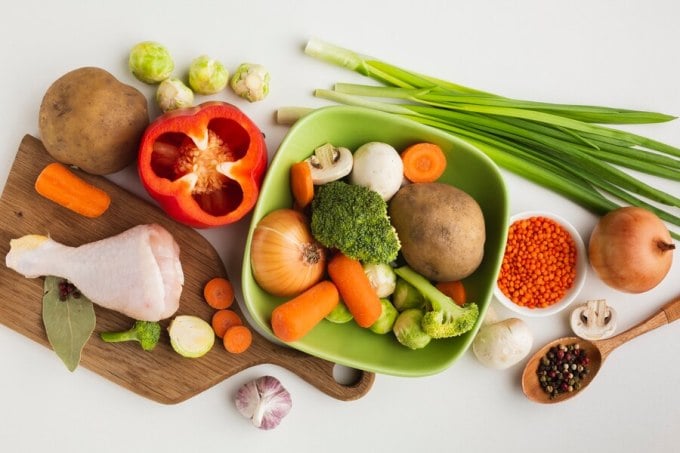
Foods rich in fiber help reduce the risk of high blood cholesterol. Photo: Freepik
Egg yolks are high in cholesterol but also high in lecithin, a substance that regulates cholesterol metabolism in the body. Therefore, people with high blood cholesterol don't necessarily need to completely avoid eggs; they should eat them 1-2 times a week.
You should balance animal and plant-based proteins, including lean meat, lean fish, tofu, beans, and low-fat dairy products... Prioritize plant-based protein sources. As a general principle, everyone should keep the following in mind:
Eat foods rich in fiber: brown rice, whole-grain rice, plenty of green vegetables, and ripe fruits. You should eat ripe fruits in pieces or segments, not juiced or blended, to increase your fiber intake.
Avoid eating animal fat, offal, poultry skin, and processed products such as canned fish, cured meats, stews, braised dishes, pickled foods, and various sauces.
Avoid drinks and foods high in sucrose, glucose, fructose, maltose, and dextrose: corn syrup, soft drinks, fruit juices, and honey.
Natural extracts such as GDL-5 (Policosanol) from South American sugarcane pollen have the ability to naturally regulate cholesterol and improve the activity of receptors (cell receptors). This helps regulate blood lipids and reduce the risk of cardiovascular disease caused by high blood lipid levels.
Doctor Tran Thi Tra Phuong
Nutrihome Nutrition Clinic System
| Readers can ask questions about nutrition here for the doctor to answer. |
Source link







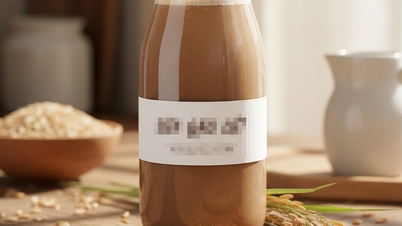

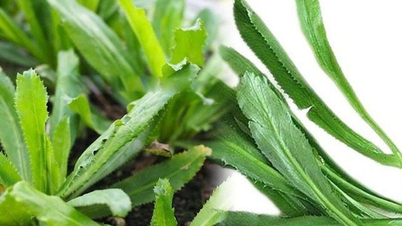



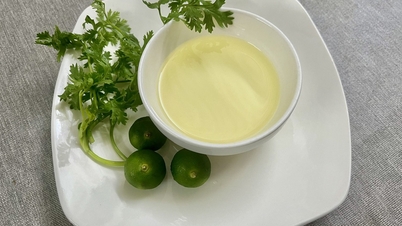
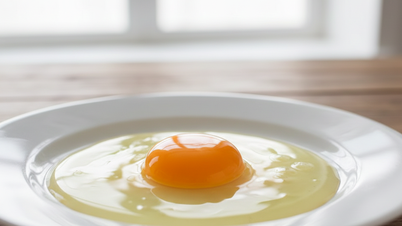
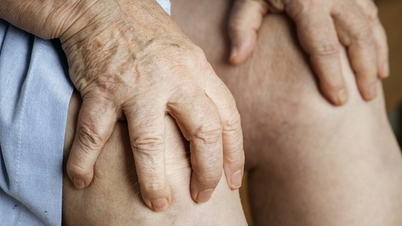



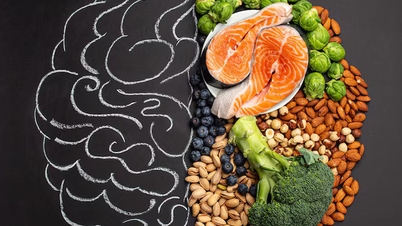
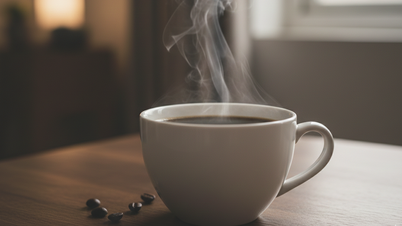






































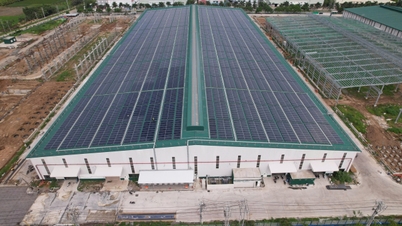



























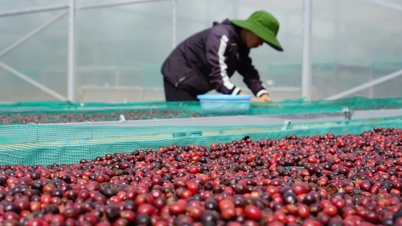













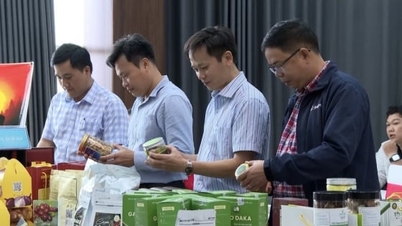









Comment (0)